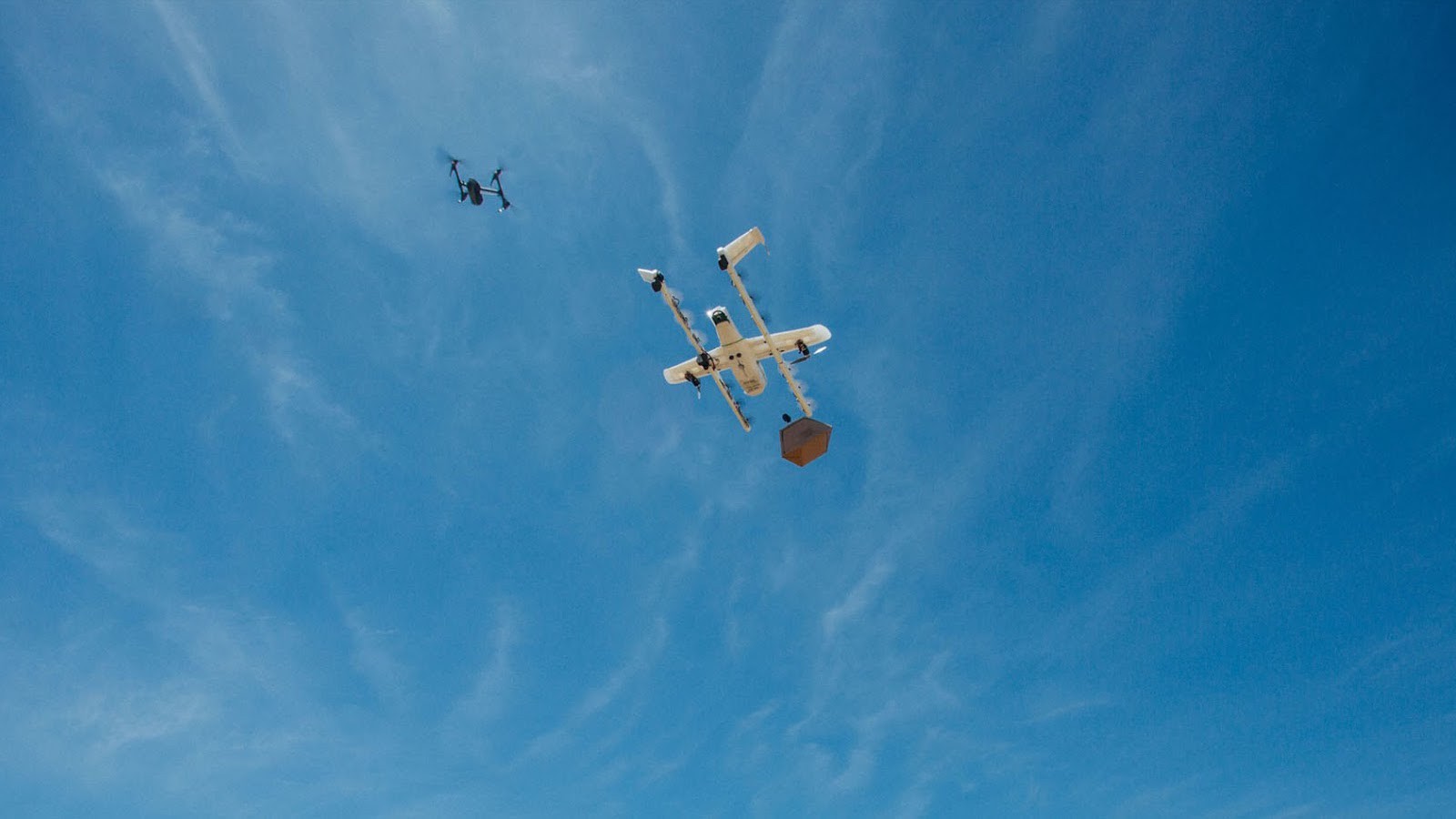
“There are many questions about what level of performance you need but for us the performance of cellular depends on the concept of operations, the automation of the aircraft and the role the pilot plays in managing all these; we have shown that intermittent communications can support our types of operations,” said Negron. Wing is operating package delivery services in Christiansburg (Virginia, USA), Helsinki (Finland) and Melbourne (Australia).
“When we started, we planned to operate via 4G and LTE… when we moved to remote and rural we found that 3G was sufficient for the telemetry and monitoring processes that we have. As you look at a highly automated operation you can use a wide range of cellular to support that and 3G can work for us. Our model of being able to connect with multiple mobile network operators (MNOs) has been great and we have been able to repeat this in Europe, Australia and the USA. It’s not easy to get onboarded with an MNO – it involves integration and flight testing – but it is an achievable and repeatable process at a point where we can scale today for operations.”
The webinar sought to answer several questions about the maturity of drone operations today. What are the market dynamics? Are we still in the theory phase? What is moving the market system from research and development to applied technology?
“In asking whether we are moving from R&D to applied technology that’s a pretty strong indicator,” said Jonathan Evans, Cofounder and CEO at KinectAir and moderator of the webinar, referencing the Wing operation. “It’s important to see there is a basket of technologies available that come together in a paradigm for risk mitigation.”
For drone delivery company Matternet the switch from research to real-time operations happened back in October 2017 when the company began delivering blood samples between a hospital and laboratory in Lugano….using road transport the journey could take three-quarters of an hour, during which time patients and medical staff would have to wait for the results of the tests.
Since then, according to Oliver Evans, Head of Global Strategy at the company, the operation has expanded to several other locations in Switzerland in combination with SwissPost – with more than 3,800 flights undertaken – and to the USA in partnership UPS, with more than 3,200 flights.
Using cellular networks and precision landing modules built into docking stations which can also swap batteries and packages, Matternet is developing a highly automated infrastructure network which could soon change the way medical service providers streamline their testing processes. “This will enable hospital systems on the ground to rethink how and where machines can be placed and the specialisation of their laboratories”, he said.
It is not just the automated drone operations that are evolving and expanding. The Specific Operations Risk Assessment (SORA) process – a multi-stage process of risk assessment aiming at risk analysis of complex unmanned aircraft operations which define necessary mitigations and robustness levels – applied by regulators is also being adapted to cater for more complex operations, according to Nathanel Apter, Special Advisor for Unmanned Systems at Federal Office of Civil Aviation (FOCA) in Switzerland. The SORA process has evolved to cover many different beyond visual line of sight (BVLOS) operations, including crop spraying. The original SORA approvals have now evolved and become standardised, involving other federal offices such as those responsible for the environment, agriculture and research. “Last year three drone warms were authorised using SORA – and the challenged focused mainly around the command and control link, where we are currently standardising these sets of applications,” said Nathanel Apter.
FOCA is also adapting its SORA requirements to cover more esoteric drone-based operations such as high-altitude wind farming using drones which harvest wind power in places where normal wind turbines cannot be built.
An audience of 86 participants took part in the webinar, which was organised for GUTMA by https://www.manageld.com/.
Further Connected Skies are planned:
- “Where are MNOs Investing in Drones Today” Session, 26.03.2020 5PM-6PM CET.
- “Advanced Use of Connectivity for Drone Operations” Session 01.04.2020, 10:30AM – 11:30AM CET
- Meetings four and five are yet to be confirmed
For more information
https://gutma.org/cs-webinars-2020/webinars/
(Image:Wing.com)


